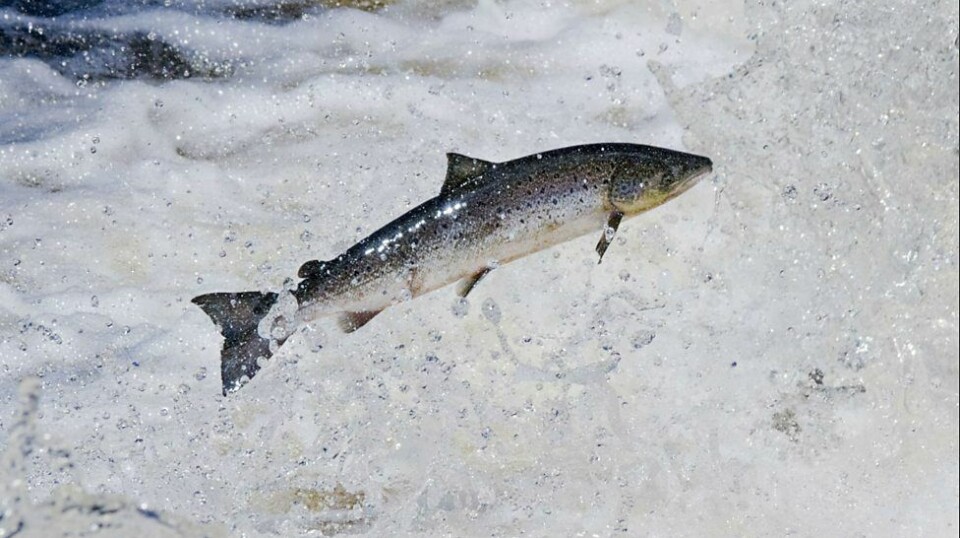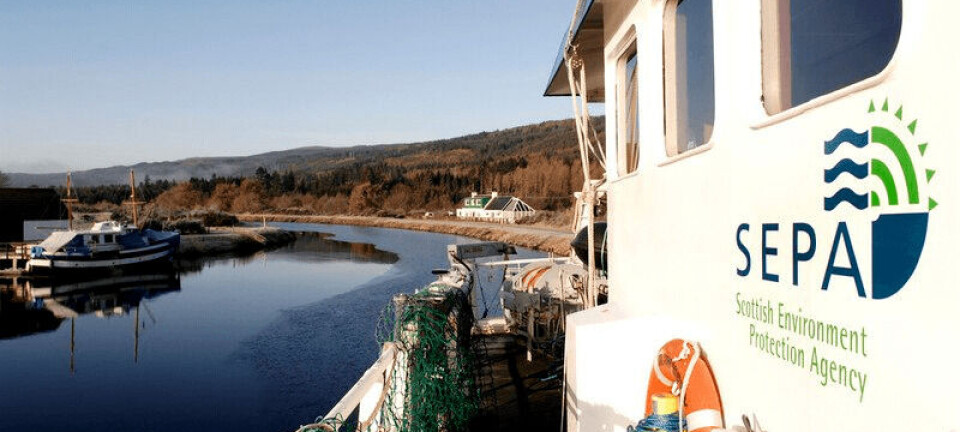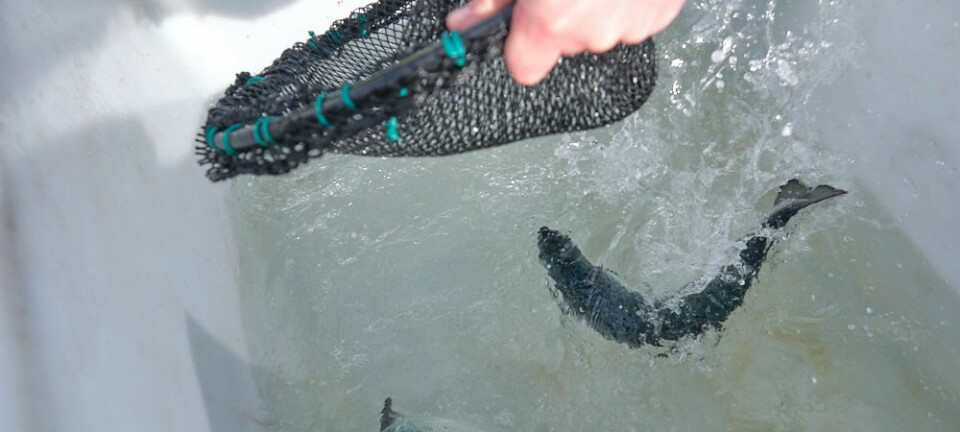
Scotland to create wild salmon protection zones
Fish farmers claim environment watchdog’s plan ‘cannot be validated’
Scotland’s salmon farmers have repeated their concerns about the effects of new rules designed to protect migrating wild salmon from sea lice that it is believed may emanate from fish pens.
The Scottish Environment Protection Agency (SEPA) yesterday confirmed that it will establish Wild Salmon Protection Zones in “migration bottlenecks in coastal waters on the West Coast and Western Isles”. There will be stricter lice limits for fish farms within the zones, and assessments about the risk to wild salmon will also be used as a deciding factor for permission for new farms.
In its response to a SEPA consultation about its proposals, fish farming trade body Salmon Scotland said the plans place undue reliance on a proposed modelling framework and do not acknowledge areas of uncertainty, and their impact on the wider risk assessment process.
“We believe it is not possible to validate the proposed framework and that it is not acceptable to regulate a sector when the effectiveness of regulation cannot be determined,” Salmon Scotland wrote.
Evidence and science
Yesterday, Salmon Scotland chief executive Tavish Scott said: “We support regulation based on fact, evidence, and sound science.
“The Scottish Government commissioned Professor Russel Griggs to conduct an independent regulatory assessment; his recommendations were all accepted by ministers and were for better, more streamlined regulation.
“Now the sector faces not that, but more regulation. Additionally for a new regulation, SEPA cannot explain how it will measure success.
“We support measures to address the decline in the population of wild salmon in Scottish waters. The Scottish Government has previously identified more than 40 pressures on wild salmon stocks, of which sea lice is just one. We are still waiting to see what government and its many agencies are going to do on the other identified pressures.
“The Salmon Scotland board meets next week and will consider the SEPA plan in full.”
Widely different responses
In a 114-page response to feedback received during its second consultation on the issue, SEPA said it had received 41 responses: 25 from fisheries and environmental interest groups; 10 from those involved in the sector; and six from public bodies.
“The differences in views we received on the detailed proposals were pronounced,” wrote SEPA.
“Representatives of wild fisheries and environmental interests broadly supported the proposals, though raising concerns about some of the details and the length of time envisaged before action is taken to reduce sea lice concentrations produced by existing farms.
“In contrast, fish farmers were much less supportive, some challenging the need for a regulatory framework and nearly all suggesting that a new generation of validated refined models for assessing sea lice and wild salmon interactions must be developed before the framework is implemented.”
Screening models
SEPA will take on lead regulatory responsibility for managing sea lice and wild salmon interactions from February next year.
An “adaptive approach” to the protection of sea trout populations will be implemented from March 2025 covering the West Coast, Western Isles and Northern Isles.
SEPA will assess farm development proposals with the help of screening models to identify proposed farms that are unlikely to pose a significant risk to wild salmon populations and, hence, do not require further assessment.
“This will avoid developers having to carry out detailed assessments of interactions between sea lice and wild salmon for all permit applications and ensure our regulatory efforts to protect the environment are targeted according to risk,” wrote SEPA.
Virtual post-smolt
The agency has now completed development of its screening models, which include a virtual salmon post-smolt model.
“This allows the models to simulate the exposure to infective-stage sea lice that wild salmon post-smolts may experience as they move through WSPZs,” wrote SEPA.
“Using these completed screening models, we have made an initial assessment of the seven relevant applications, or pre-applications, for new or expanded farms that were in process on 30th November 2023. Our initial assessment concluded that none of these development proposals are likely to require further assessment.
“We have also assessed 164 existing farms on the West Coast and around the Western Isles using the models. This assessment placed 103 (63%) of them in the lowest risk category.”
Sustainable aquaculture
Peter Pollard, SEPA’s head of ecology, said: “We know wild salmon populations are in crisis, and safeguarding their future requires co-ordinated action and a broad range of interests working together.
“As part of an international community working to address this shared challenge, we’re one of the first countries to take action to manage the risk posed by sea lice from fish farms to wild salmon.
“Scotland is emerging as a pioneer in sustainable aquaculture and we’re confident in the industry’s ability to adapt to the changing regulatory landscape, as it has done successfully before now.”
Giving evidence to a Scottish Parliament committee inquiry into salmon farming in 2020, Pollard said SEPA did not believe that sea lice from farmed fish were responsible for declines seen over decades in wild salmon.
“There is a complex range of reasons, some of which are probably to do with high seas changes,” he told the committee. “The issue is whether the state of the populations at the moment can be affected by the added pressure of further sea lice as they migrate to sea. That is not to suggest that the declines over the past few decades are due to fish farming. The concern is whether the additional pressure of sea lice is now significant, as wild stocks are at such low levels.”























































